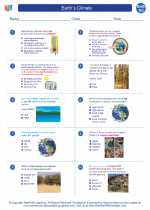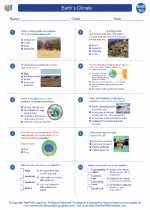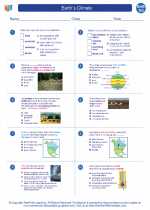Clams
Clams are a group of marine bivalve mollusks that are found in a variety of habitats, from intertidal zones to the deep sea. They are characterized by their two-part hinged shell, which they use for protection and burrowing in sediment. Clams play a crucial role in marine ecosystems as filter feeders, helping to maintain water quality by removing organic particles from the water column.
Anatomy and Physiology
Clams have a soft body that is enclosed within their shell. Their body consists of a muscular foot, a head with sensory organs, and a mantle that secretes the shell. They also have a system of gills that they use for filter feeding and respiration. Clams lack a distinct head and radula (a tongue-like organ present in other mollusks) and rely on filter feeding to obtain nutrients.
Ecological Role
Clams are an important component of marine food webs. They serve as a food source for various predators, including birds, fish, and crustaceans. Additionally, their filter feeding behavior helps to regulate the abundance of phytoplankton and organic matter in the water column, contributing to overall ecosystem health.
Reproduction
Clams reproduce through the release of eggs and sperm into the water, where fertilization occurs externally. The resulting larvae undergo a period of planktonic dispersal before settling onto the seafloor and developing into adult clams. Some species of clams are also capable of asexual reproduction through budding.
Human Uses and Impact
Clams are commercially harvested for food and are considered a delicacy in many cuisines around the world. They are also used in scientific research as indicators of environmental conditions. However, overharvesting, habitat destruction, and pollution pose significant threats to clam populations and their associated ecosystems.
Study Guide
- Describe the anatomy of a clam and its role in the clam's life.
- Explain the ecological importance of clams in marine ecosystems.
- Discuss the reproductive strategies of clams and their significance in population dynamics.
- What are the human uses of clams, and how do human activities impact clam populations?
- Compare and contrast the feeding behavior of clams with other marine organisms, such as oysters and mussels.
By studying the anatomy, ecology, reproduction, and human impact of clams, you will gain a comprehensive understanding of the significance of these marine bivalves in the natural world and human societies.
.◂Earth Science Worksheets and Study Guides High School. Earth`s Climate

 Worksheet/Answer key
Worksheet/Answer key
 Worksheet/Answer key
Worksheet/Answer key
 Vocabulary/Answer key
Vocabulary/Answer key
 Vocabulary/Answer key
Vocabulary/Answer key
 Vocabulary/Answer key
Vocabulary/Answer key
